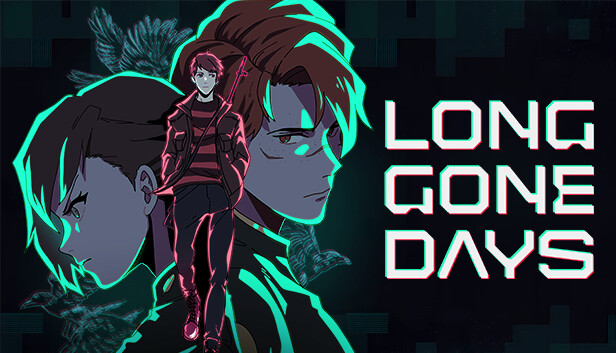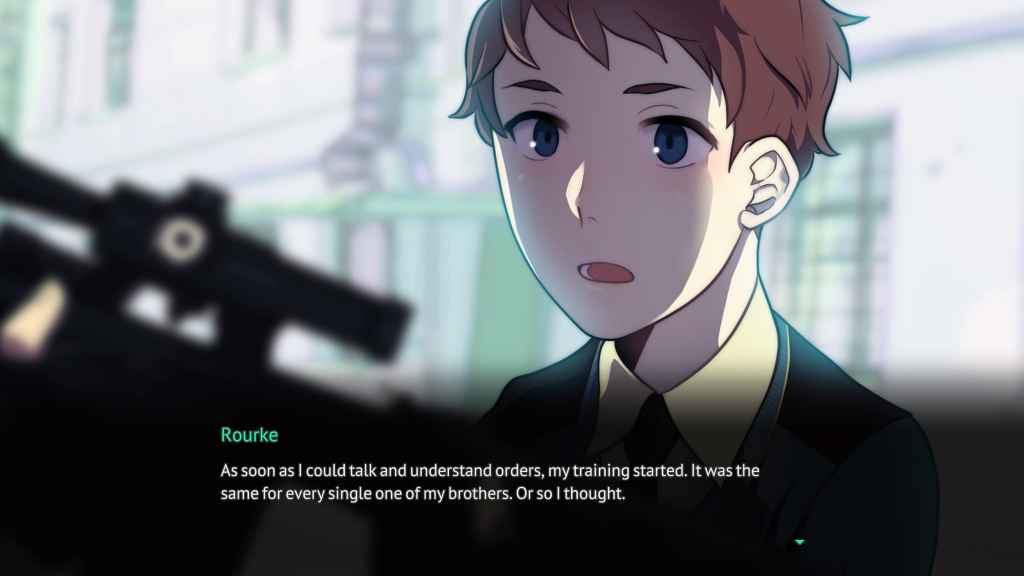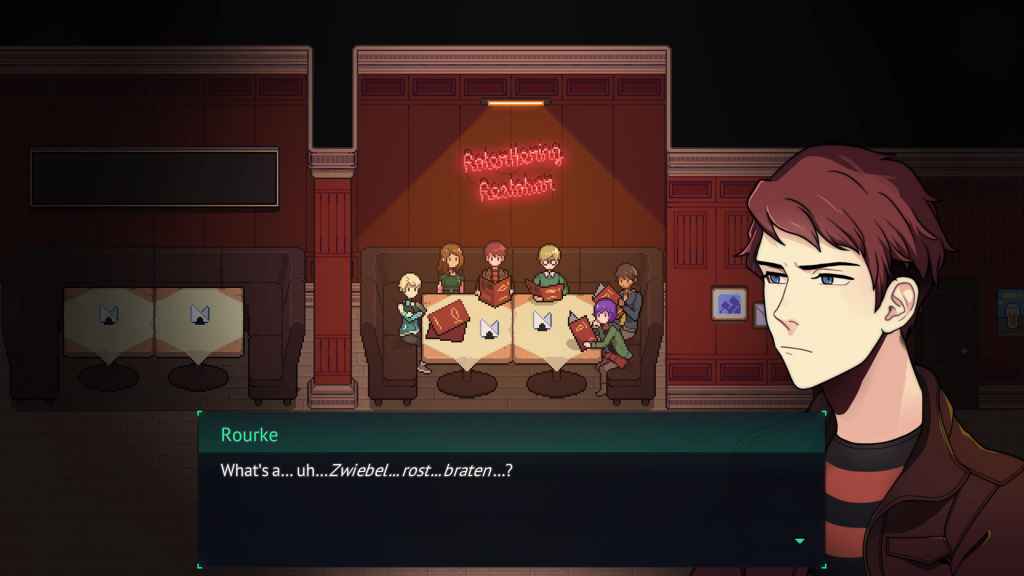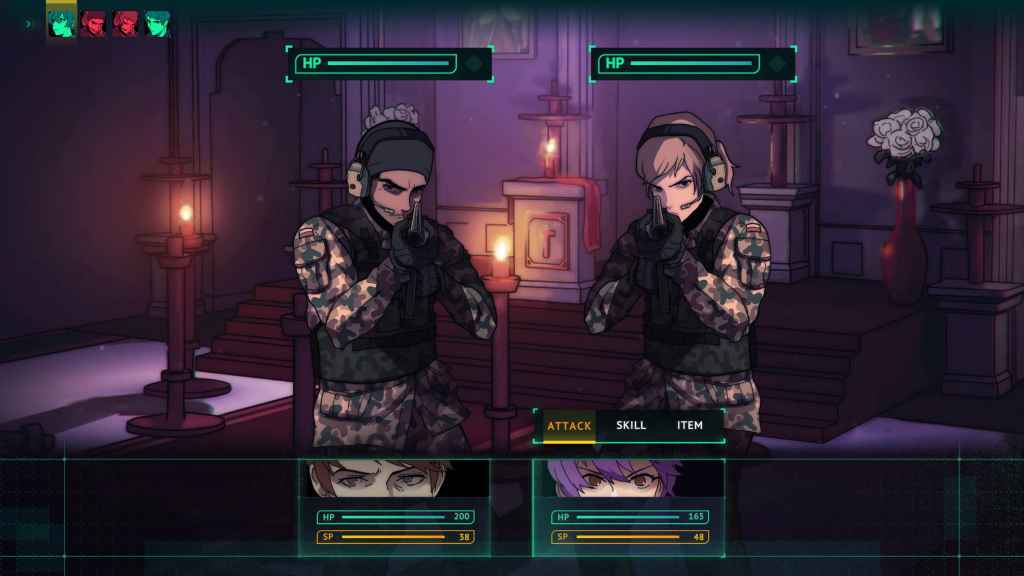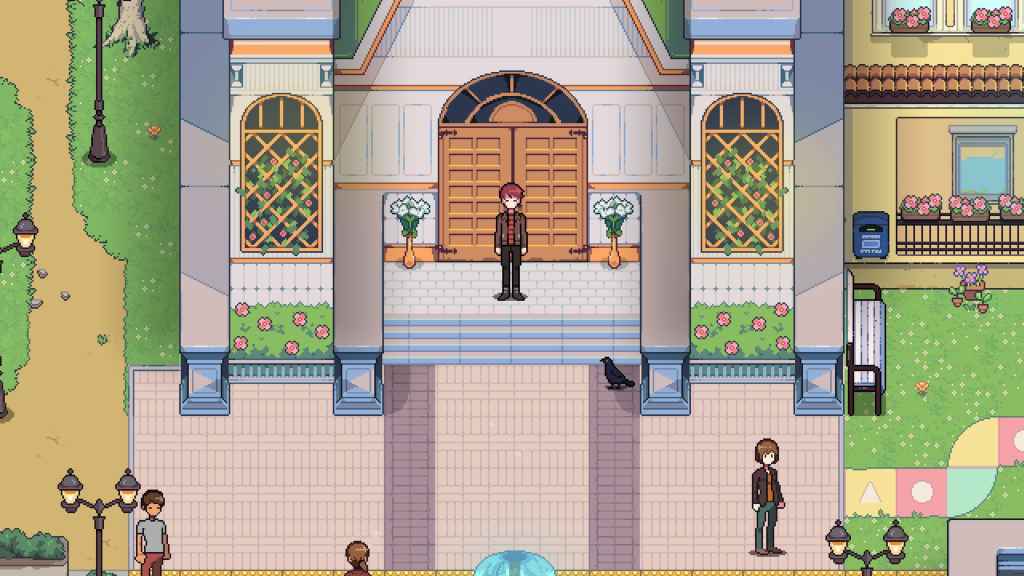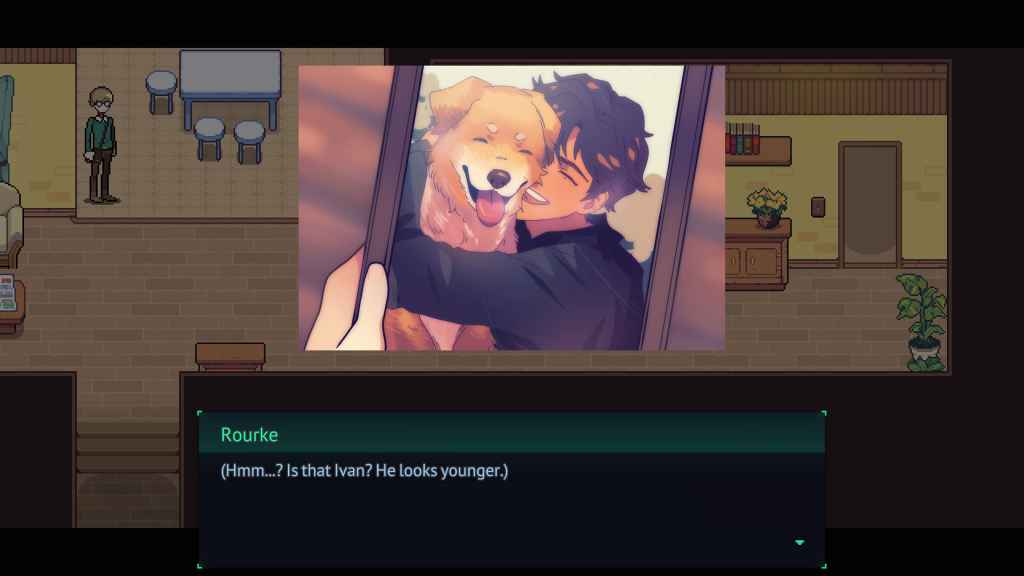Long Gone Days PS5 Review – A turn-based RPG that has a far greater emphasis on storytelling than raw gameplay, Long Gone Days explores the intense human cost that comes as a result of warfare in the modern age in a deeply personal story that resonates well.
A distinct approach to art style and presentation creates a strong visual identity that helps it to stand out among the crowd of other military-oriented games, with memorable and identifiable characters in drawn artwork as well as masterful pixel-art. Long Gone Days might falter in some areas, but the overall product is nothing to turn up for fans of both turn-based RPGs and narrative-focused players.
Long Gone Days Review (PS5) – War of the Words
Reaching the Surface
Throughout Long Gone Days, you primarily follow the story of Rourke, a soldier for a nation simply going by the name of “The Core.” Under the impression that he’s fighting for a noble cause, the game follows Rourke and close ally Adair as they discover the true nature of the nation they fight for and their relationship with the rest of the world.
The story is undoubtedly a focus here; Rourke’s journey from naïve and obedient soldier to defiant leader is a compelling one that takes him and the remainder of the main party on a twisting and turning journey that had me gripped from the outset. Rourke’s journey to understanding the outside world is one full of realisation as well as levity.
The interactions between the main cast were great across the board and there were no characters that I wanted to be rid of. From the initially uptight Adair to the pacifist Ivan, there are plenty of opportunities to engage with them throughout your journey when the action slows down, and you can take some time to discuss current events with them.
Taking Your Time
Long Gone Days is a game that invites you to take your time with the areas that you explore and the characters that you meet. Side quests are neatly telegraphed to the player in the game’s menu and invite opportunities to see new scenarios and moments.
In most cases, these involve helping locals with their particular problems – from finding medicine for a child to just taking photographs of local street art to help a journalist with an article. These problems range from the big to the seemingly tiny but each one offers valuable insight into the world of Long Gone Days and the real impact of conflict.
These side quests are also important tools for the player to maintain the morale of their party. It’s natural that when dealing with the heaviness of armed conflict morale might be a tough thing to maintain. The party go through experiences that will really impact their ability to go forward and maintain hope.
Fighting The Good Fight
Morale impacts the party’s ability to take part in combat as well. If morale falls too low, you will find yourself struggling to land hits and deal the damage you need to deal. By boosting morale in these quiet moments, you can ensure that combat unfolds smoothly and you live to see another day.
Combat takes place in a first-person perspective and is a turn-based affair like many of its contemporaries. Characters fill various roles but the general loop of combat boils down to making sure your enemy goes down before you do. By selecting different body parts, you can risk a higher damage output for a lower accuracy. This risk versus reward system creates tension, particularly in some scarier boss fights.
Characters each have their own pool of skills to draw from in these combat encounters, ranging from guaranteed hits to buffing your allies and everything in between. It takes standard RPG combat and largely sticks to these conventions well. You may have Rourke the high-damaging sniper paired up with Ivan, a pacifist who contributes to battles with buffing, not attacking by himself.
It’s important to note that there aren’t any random encounters here – every battle is important to the main story in some fashion. This means that the game avoids a traditional levelling system and instead has the main party growing and learning new abilities after specific encounters. This removes any frustration to do with grinding and allows for the story to take focus, without a risk of unfair difficulty spikes.
There are also moments where you control Rourke during actual sniper missions; these offer a pleasant change of pace that never present huge challenges, but are welcome nonetheless.
A Tale of Two Sides
It’s plain to see that intricate care has been put into the visual aspect of the game. Detailed and vibrant pixel-art is paired with emotive character portraits that evoke familiar games like Persona. Despite this clear effort that pays off at least visually, I feel like these visuals may arguably stand at odds with the broader tone of the game.
Long Gone Days deals with the intense emotion that comes as the result of warfare, and so seeing such colourful environments and quite chibi portraits may be jarring to some players. This is also true for some elements of the gameplay, that may jeopardise the illusions put forward in the beginning few hours.
The soundtrack generally leans towards atmospheric tracks instead of being particularly memorable; this lends a strong sense of setting but some tracks were significantly more memorable than others. When I did notice the music, it always fit the scene.
There are many aspects of the game that are rooted in a sense of our reality as the player. The use of real-world countries to frame the conflict and the general narrative sticking close to these previously mentioned themes means that certain elements stick out as slightly odd. Shooting foes repeatedly in the head only for them to be “knocked out” feels odd in certain situations as do the more “video-gamey” elements like treasure chests in the city streets.
These moments are small enough that they never impeded my enjoyment of what Long Gone Days was trying to do, and the story it was trying to tell, but they were noticeable when remembering.
In the Eyes of the Beholder
Out of everything mentioned in this review, these thematic choices will resonate differently for everybody who decides to pick the game up. Personally speaking, I admire the decision to present such a strongly emotive narrative in such a way. The art style invites expectations of a lighter adventure, before diving head-first into a hugely personal and hard-to-swallow one.
For some, this juxtaposition will work wonders and help to make this story shine. Others may struggle but it is hard to deny that there is undeniable ambition here. The stylistic choices throughout helped to avoid the gloom that almost always appears in games that deal with war.
There are some great character moments spread out through these heavier moments and these moments really stood out to me as I reflected on the time that I spent with Rourke and the rest of the crew. No corners were cut in exploring the main party’s dynamic and their story is one that will sit with me for a long time.
